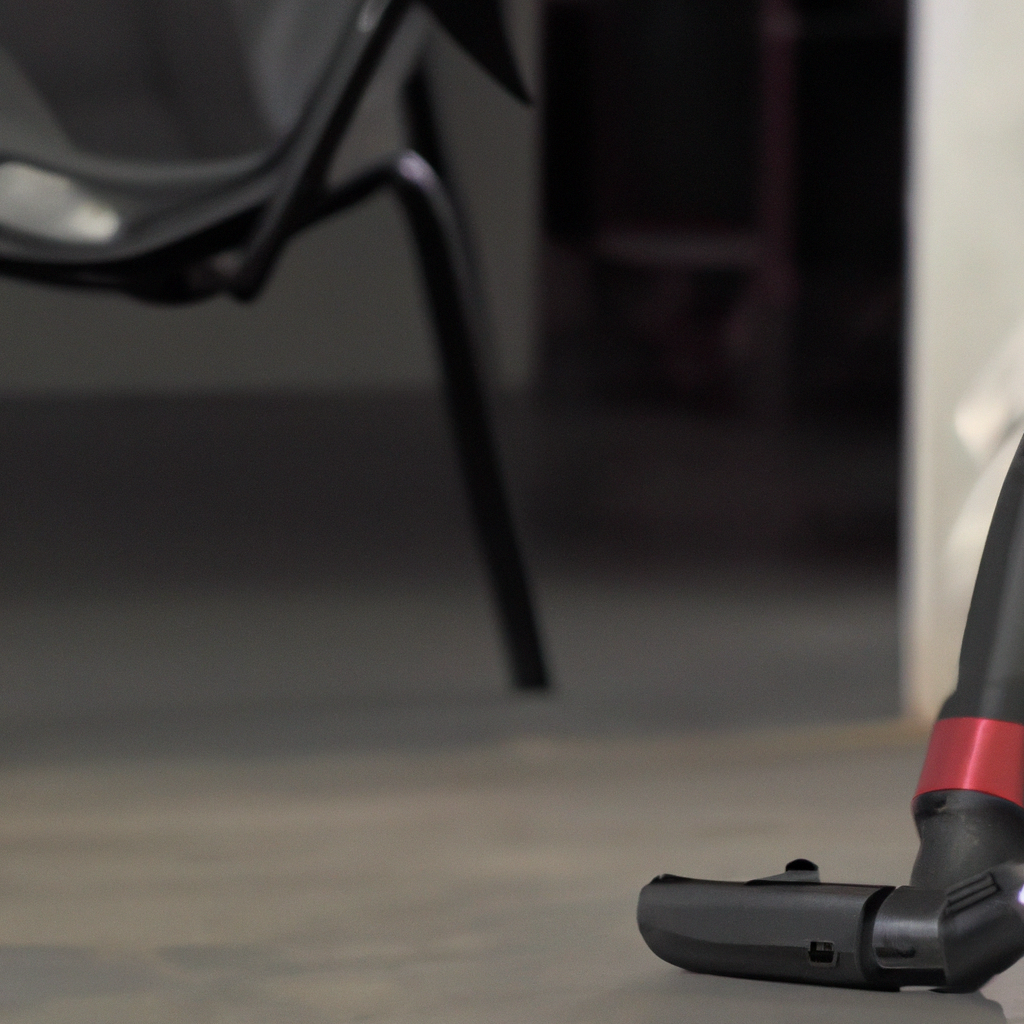Vacuum cleaners are essential household appliances that help to keep our floors clean and free from dust and dirt. They work by creating a suction force that pulls in dirt and other debris from carpets, floors, and other surfaces. But how exactly does a vacuum cleaner suction dirt and dust? In this article, we will explore the science behind how vacuum cleaners work and the different components that make it possible for them to suction dirt and dust effectively.
The Basics of Vacuum Cleaners
A vacuum cleaner is a device that uses an air pump to create a partial vacuum to suck up dust and dirt. This is accomplished by creating a pressure difference between the inside and outside of the vacuum cleaner. The motor in the vacuum cleaner works to create a low-pressure zone inside the cleaner, which causes air to be drawn in through the nozzle. The air that is drawn in carries dust and dirt along with it, and this is collected in a dustbin or bag.
The Components of a Vacuum Cleaner
The different components of a vacuum cleaner work together to create the suction force that is necessary to pick up dirt and dust. Some of the main components include:
1. Motor – The motor in a vacuum cleaner works to create a low-pressure zone inside the cleaner. This is done by running a fan that sucks air in through the nozzle.
2. Fan – The fan in a vacuum cleaner is responsible for generating the airflow that creates suction. The fan is usually located near the motor and works to draw air in through the nozzle.
3. Nozzle – The nozzle is the part of the vacuum cleaner that comes into contact with the surface being cleaned. It is designed to create a seal with the surface, so that the suction force is concentrated in a small area.
4. Dustbin or Bag – The dustbin or bag is where the dirt and dust that are picked up by the vacuum cleaner are collected.
How Vacuum Cleaners Suction Dirt and Dust
The suction force that is created by a vacuum cleaner is the result of a pressure difference between the inside and outside of the cleaner. This pressure difference is created by the motor and fan, which work together to draw air in through the nozzle. As the air is drawn in, it carries dust and dirt along with it, which is collected in the dustbin or bag.
To understand how the suction force works, it is helpful to think of the air as a fluid. When the air is drawn in through the nozzle, it creates a low-pressure zone inside the cleaner. This low-pressure zone causes the surrounding air to rush in to fill the space, much like water rushing in to fill a vacuum when you remove it from a surface. As the air rushes in, it carries dust and dirt along with it, which is collected in the dustbin or bag.
The nozzle plays a crucial role in creating the suction force because it is designed to create a seal with the surface being cleaned. This seal ensures that the suction force is concentrated in a small area, which makes it more effective at picking up dirt and dust. The nozzle can be adjusted to different heights depending on the surface being cleaned to ensure that the seal is as tight as possible.
Conclusion
In conclusion, vacuum cleaners work by creating a suction force that pulls in dirt and dust. This suction force is created by a pressure difference between the inside and outside of the cleaner, which is generated by the motor and fan. The nozzle is designed to create a seal with the surface being cleaned to ensure that the suction force is concentrated in a small area, which makes it more effective at picking up dirt and dust. By understanding how vacuum cleaners work, you can choose the right one for your needs and keep your home clean and free from dust and dirt.







